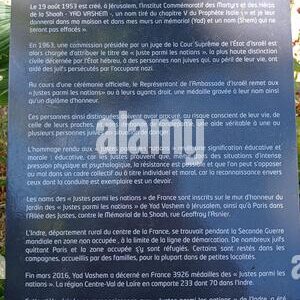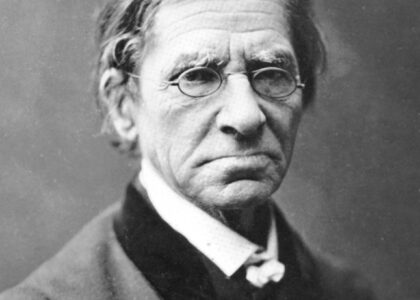Welcome to De Soto National Memorial, a site that captures the intriguing tale of Spanish exploration in what is now the southeastern United States. The story begins in May 1539 when Hernando de Soto, a Spanish conquistador, landed in the Tampa Bay area with an army of over 600 men. This event marked the start of the first organized European exploration deep into the North American interior.
De Soto, born around 1496 in Spain, was already a seasoned explorer by the time he set foot in Florida. He had gained notoriety for his role in the conquest of the Inca Empire alongside Francisco Pizarro. However, his ambitions did not stop there. Eager to carve out his legacy and wealth, De Soto embarked on a new mission: to conquer and settle the land known as ‘La Florida,’ a vast region that the Spanish Crown hoped would yield untold riches.
The expedition was a grueling four-year journey covering approximately 4,000 miles through what are now several southern U.S. states. De Soto’s party, equipped with horses, pigs, war dogs, and formidable weaponry, traversed from village to village. They faced fierce resistance from Indigenous tribes determined to protect their homelands. The journey was fraught with challenges, including disease and conflict, which decimated both the Spanish forces and the Indigenous populations they encountered.
One of the most significant events of this expedition was De Soto’s crossing of the Mississippi River in 1541, making him the first European documented to do so. Despite the hardships, the expedition provided unmatched insights into the native cultures and the geography of the region, although it did not yield the gold and riches De Soto had sought. Tragically, De Soto died in 1542 on the banks of the Mississippi River, leaving his men to continue their journey without him.
Today, De Soto National Memorial serves as a poignant reminder of these early encounters between European explorers and Native Americans. The memorial offers a glimpse into the past with living history demonstrations, where visitors can experience the era’s armor and weaponry firsthand. The site also features a reconstructed Camp Uzita, showcasing a 16th-century Native American village, providing a window into the lives of the Indigenous people who once inhabited the region.
As you explore the trails and coastal landscapes of the memorial, imagine the dense forests and untamed wilderness that greeted De Soto and his men nearly 500 years ago. This site not only commemorates the man and his expedition but also acknowledges the profound impact of these early explorations on the history and peoples of North America.






